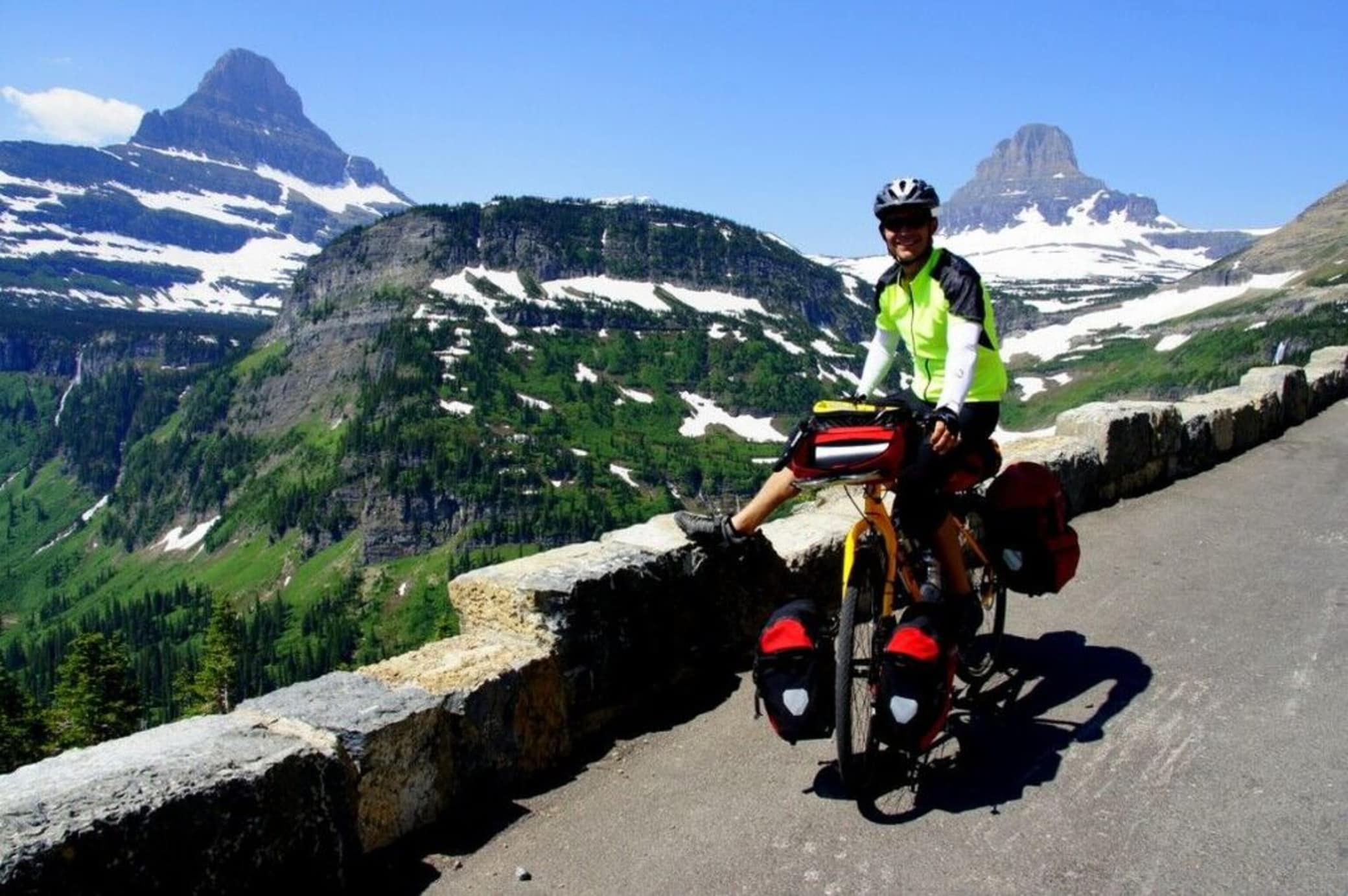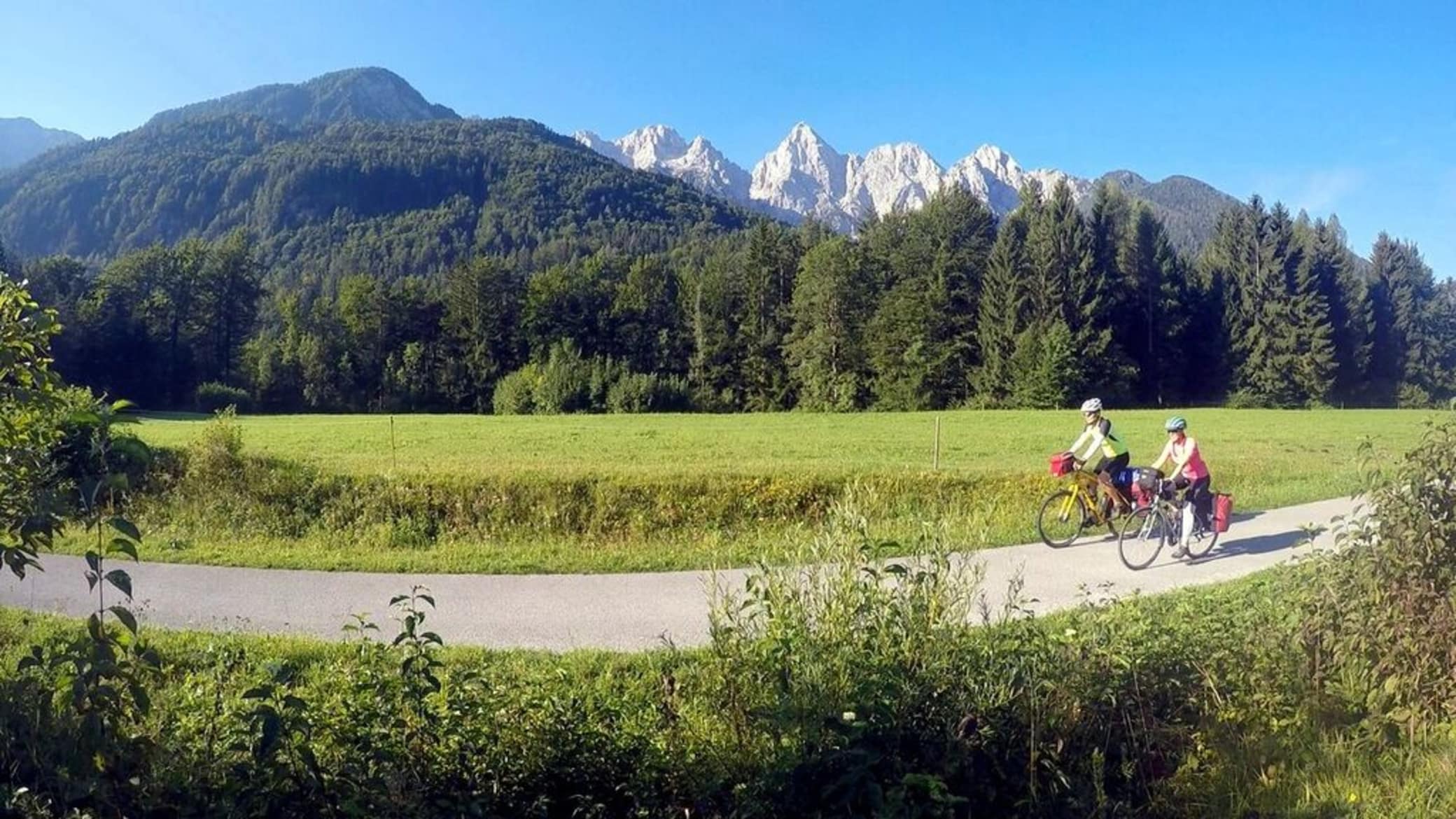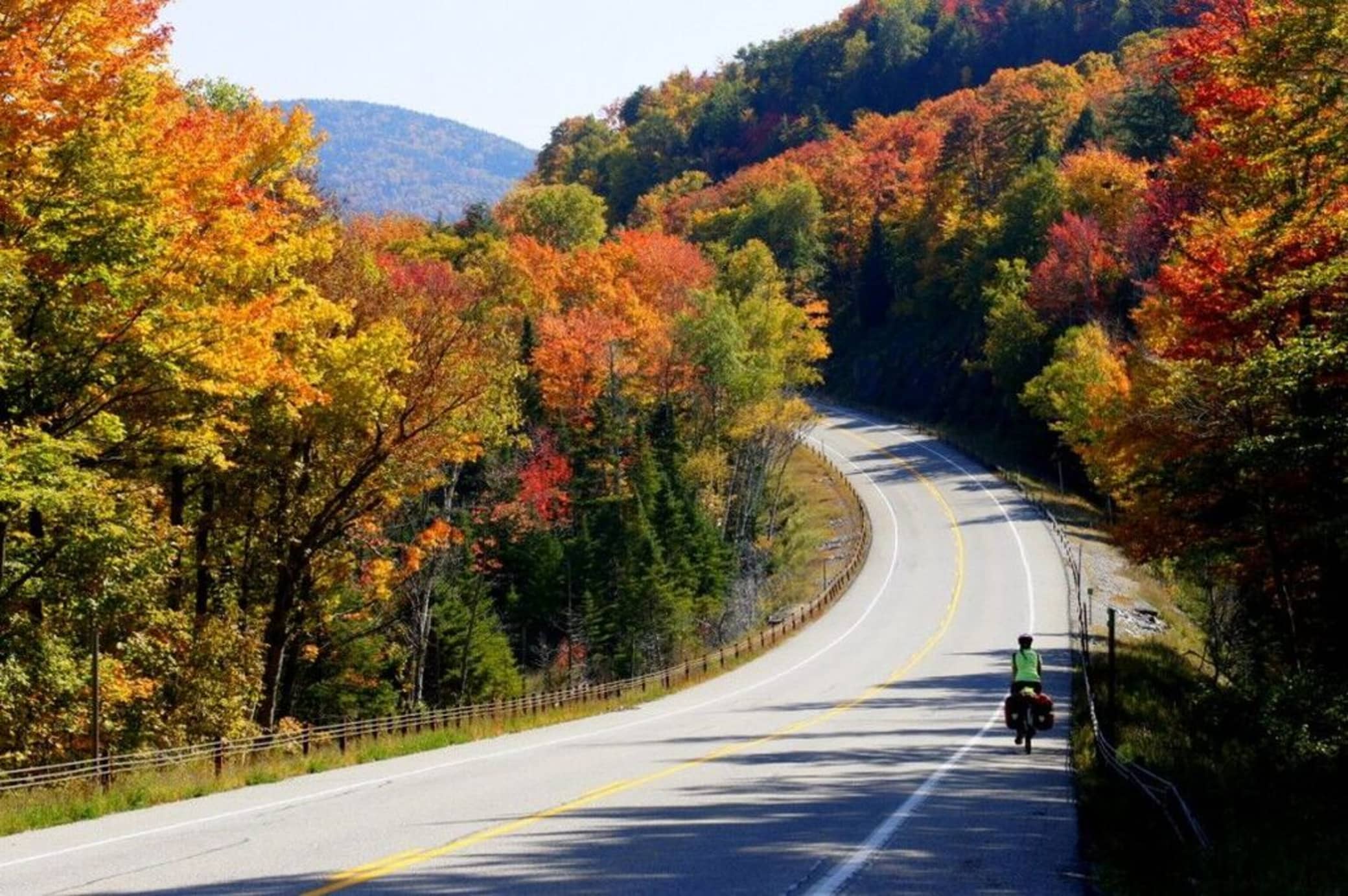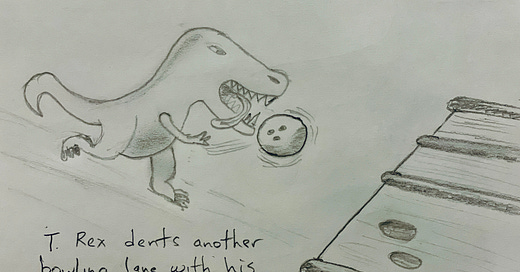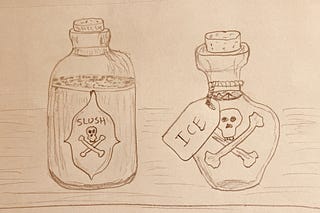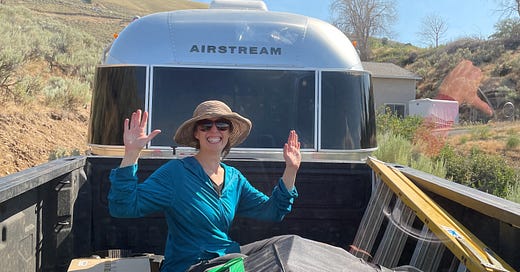
What I Learned Bike Touring 7,000 Miles on a Vegan Diet
This post first appeared here on Mind Body Green.
---
Over the past two summers, Chelsea and I have cycled 7,000 miles through 14 countries. No sag wagon, no designated route—just leg power, our bikes, gear, and desire for adventure.
During our travels, we accept local advice and hospitality, wake up open to each day’s surprises, and wing it whenever possible. But one thing we are always adamantly consistent about is our food. For ethical, health, and environmental reasons, we choose not to eat any animal products.
The bike tours were challenging, eye-opening, fantastic—a full range of emotions every day. From headwinds to breathtaking views to searing heat to idyllic European villages to crumbling rural towns, we pedaled through it all. Navigating cobblestone cycle paths in France was a pain; finding great vegan food while burning 5,000 calories per day proved to be a simple aspect of the trip.
Here’s what thousands of miles and a couple million pedal strokes of cycle touring on a vegan diet has taught me. Also worth reading: my how-to post about bikepacking on a plant-based diet.
Few people are surprised about your food choices
Special diets are everywhere now, and most people know someone on one. “Oh, my cousin is gluten-free” or “my brother eats Paleo” was a common refrain. Tiny cafés in Nebraska (not exactly a vegan stronghold) easily accommodated our needs by piling vegetables on hash browns.
Getting enough protein is not an issue
Even biking 50 to 80 miles per day, my body repaired itself and built muscle. I trimmed fat, but my leg muscles grew. I even added muscle to my upper body by doing daily upper-body workouts. When people ask me where I get my protein, I can honestly say that I simply eat lots of plants. No powders, no supplements—just real food. I’m more concerned about fiber—only 3 percent of people eat enough each day, versus 97 percent of people who get enough protein.
My energy levels were firing
Unlike the days when I’d eat a giant sandwich with cheese and meat and sink into an afternoon stupor, plants don’t bog down my body. A veggie burrito or big salad crafted from ingredients in any grocery store keeps my system cranking. I was biking eight hours a day and still had energy to do push-ups each night.
Recovery was super fast
I rebounded and recovered quickly from physical efforts that would have previously sidelined me for a couple of days. Since a plant-based diet leads to lower inflammation, faster recovery from athletic events or workouts is an added bonus.
Many top athletes are vegan
I was attracted to a vegan lifestyle by the potential health benefits. Badass vegan athletes like UFC fighter Mac Danzig, ultra-marathoners like Scott Jurek, and triathletes like Rich Roll inspired me to give it a shot. While I wasn’t cranking out record-smashing 100-mile runs or choke-holds, I noticed an increase in performance.
Seeing and smelling animal feedlots opened my eyes to the plight of animals
Biking past stinking feedlots in the rolling hills of Iowa and Austria was gnarly. Getting buzzed by animal transport trucks on their way to slaughterhouses reinforced my desire to completely opt out of animal agriculture.
Western Europe is a plant eater’s paradise
Countries like Belgium, Spain, and Germany are years ahead of the U.S. in terms of vegan awareness and availability of plant-based alternatives. Grocery stores stock inexpensive organic produce, and almost every restaurant server knew the word vegan, even in rural villages. Big cities are a plant-eater’s promised land—Prague has 26 vegetarian restaurants!
We didn’t have to worry about refrigerating food
This is a small thing only a cycle tourist will appreciate. When we were pedaling through the middle of nowhere for days at a time, unspoiled food was a big deal.
Both Europe and the United States grow amazing amounts of corn and soy
I knew the Midwest U.S. was a breadbasket. It was a surprise to discover the same in Europe, where much of the countryside is used for crop production. Between the two, we spent literally two months cycling past fields of corn and soy—90 percent of it aimed for animal consumption.
Traveling made us vegan ambassadors
In some areas, we were the first vegans anyone had met. “Wait, no cheese on your pizza?” People were incredibly nice and also intrigued by our food choices. Many asked questions. Our goal was to be knowledgeable and speak from a place of conviction (animal rights) or data (health and environmental facts). The biggest thing? To be genuinely friendly and meet people at their comfort level.
After thousands of miles of cycle touring, our belief in a vegan lifestyle has never been stronger. Few choices affect personal health, the environment, and animal welfare as much as opting out of animal agriculture does. Meat and dairy consumption is declining, restaurants are increasingly catering to vegans, and vegan alternatives like Beyond Meat are flourishing. Traveling as a vegetarian or vegan will only get easier.
As Gene Baur of Farm Sanctuary says, “This lifestyle is not about deprivation; it’s about living inspired.” I encourage people to check out movements like Meatless Mondays or the 30-Day Vegan Challenge. See how your body feels and adopt what works for you. Then get out there on your bike and start training for your next (or first) bike tour.
I plan on pedaling thousands more miles as a vegan, so maybe I’ll see you out there!
By the way, dig these kinds of posts? Sign up for the free 2x/month Traipsing About newsletter for more tales from the mountains and creative challenges like drawing and piano when I'm off the bike.




